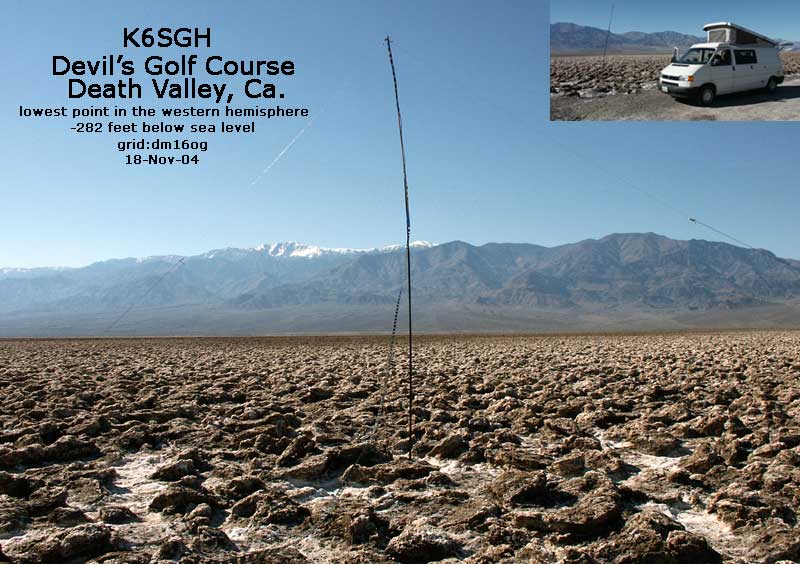
|
|
|
|||||||||||||
|
|
|
|
|
Table Order: |
across left to right |
|
|
Frequency: |
18.135mhz |
|
|
Date: |
18-NOV-04 |
|
|
Begin Operating:: |
1830z |
|
|
Contacts: |
|
|
|
|
|
|
|
N8DVQ |
W7RVY |
W0JAC |
|
K8VJG (mobile) |
K6HVI |
KB3IIW |
|
K1PKZ |
VA7VR |
K08L |
|
WA8SAN |
K8RMC |
K4ATM |
|
W0GE |
N5KDV |
NG3O |
|
KB0SMT |
VA2LC |
W8VKW |
|
W1DAD |
K5KJH |
W0ZPE (mobile) |
|
W2QHZ |
AA4LS |
AA1VX |
|
KB0FVV |
W8CGP |
WB2CWO/mm |
|
KE0DL |
WB8AJR |
VK4BX |
|
WN4DW |
K8VJG (base) |
WA5TWL |
|
N8REZ |
K8FG |
N0RDJ |
|
W8AAE |
K1PKZ |
VE3TOF |
|
N9ZOE |
KB2RCD |
WD0AFV |
|
N2TZQ |
K2STV |
KG4JGR |
|
N4QT |
WD8BMP |
VE5TLW |
|
W5WN |
KD4CI |
K7ZP |
|
K4CWO |
WA4AM |
KB3GLO |
|
VE3CFY |
|
|
|
End Operating: |
2000z |
|

Destined to become a classic qsl.
6732 views